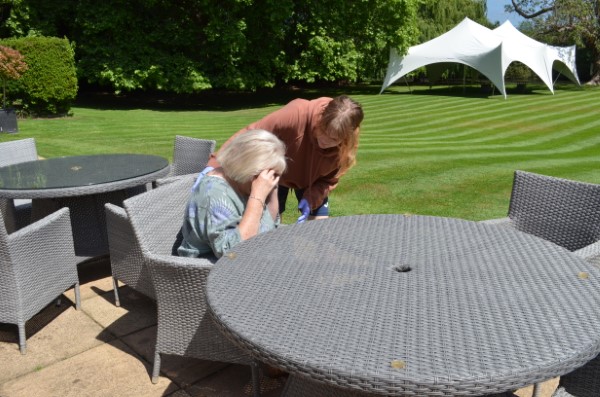In the UK coronary heart disease kills twice as many women as breast cancer in the UK. In addition, women that have Cardiac Arrests (where the heart stops pumping blood) are less likely to have CPR performed on them and are less likely to survive to discharge in hospitals.
These are the worrying facts discovered by the British Heart Foundation in a Research paper.
Some of the contributing factors are:
- Later recognition by women of the signs and symptoms
- Women are less likely to have bystander CPR performed on them than men (68% vs 73%)
- Women having heart attacks are more likely to be misdiagnosed
- Lower standard of care for women
- Risk factors such as smoking and diabetes are often more deadly.
What can we do about this?
Firstly learn to recognise the symptoms and start the treatment earlier
The 5 main Symptoms are
- Pain or discomfort in the jaw, neck, or back
- Feeling light-headed
- Chest pains
- Pain or discomfort in arms or shoulder
- Shortness of breath
however women may feel more nauseated or have a feeling of indigestion.
Whilst we’re talking about Symptoms, don’t forget that both men and women can have heart attacks without exhibiting any Symptoms.
If anything feels out of the ordinary or ‘not quite right’ it may be worth getting it checked out. It is better for an Ambulance crew to get called out and rule out a Heart Attack, than for them to not be called out, only to subsequently be called out to a Cardiac Arrest.
Reluctance to perform CPR in the street on a woman compared to a man
There could be a couple of reasons here. Firstly, not thinking it is what it is. Secondly, people are reluctant to perform chest compressions in case they are accused of assault, or accidentally touch a breast. The first can be addressed as above. The second can be done with better training and better manikins.
Most manikins on the market currently are primarily male, despite being nicknamed ‘Annie’. There are some higher end training ones available that have cleavages and are more anatomically correct. These are aimed more at the medical training scenario than lay First Aiders due to their cost. We use the Practiman series and they have brought out torsos with breasts, which we now have a selection of. It helps get over the awkwardness and stigma. Hopefully our learners will go away with more confidence about carrying out CPR, whatever the body shape.



